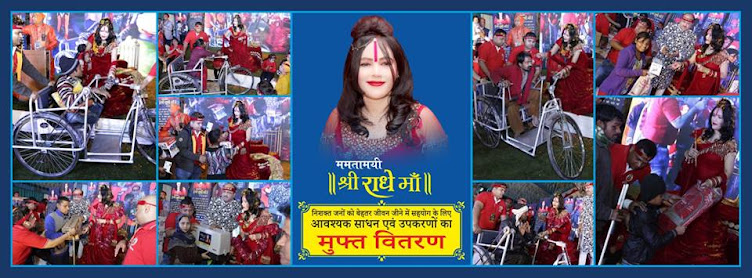Dusshera, as the name
suggests occurs on the “tenth” day following the Navratri. It is a festival to
celebrate the triumph of good over evil, and marks the defeat and death of the
demon king Ravana in the epic Ramayana. Huge effigies of Ravana are burnt
amidst the bangs and booms of firecrackers.
In northern India,
especially in Varanasi, Dusshera overlaps with “Ramlila” or “Rama Drama” –
traditional plays in which scenes from the epic saga of the mythical
Rama-Ravana strife are enacted by professional troupes.
The Dusshera
celebration of Mysore in southern India is a veritable extravaganza! Chamundi,
a form of Durga, is the family deity of the Maharaja of Mysore. It’s a
wonderful scene to watch the grand procession of elephants, horses and
courtiers wending a circuitous way to the hilltop temple of Goddess Chamundi!

No comments:
Post a Comment